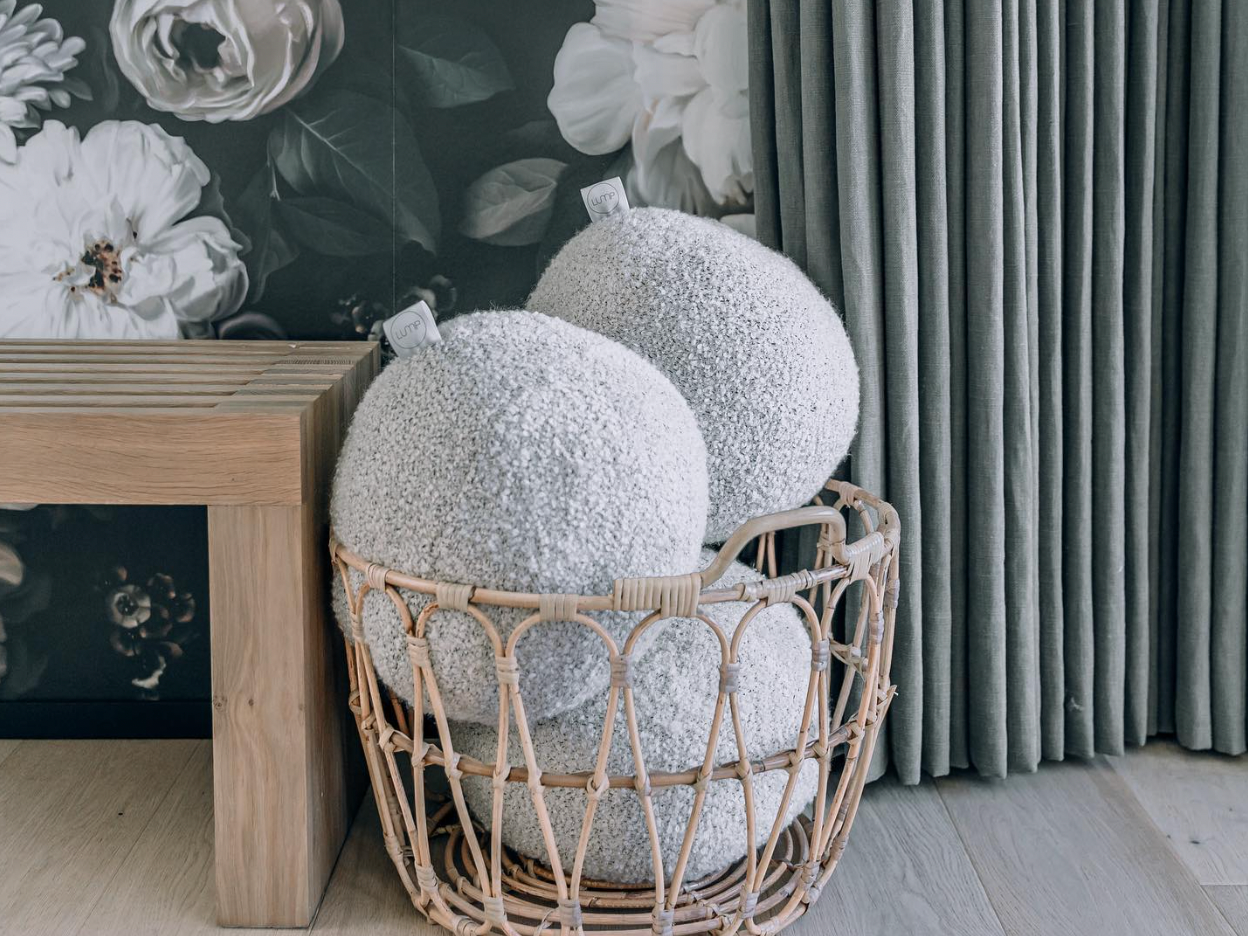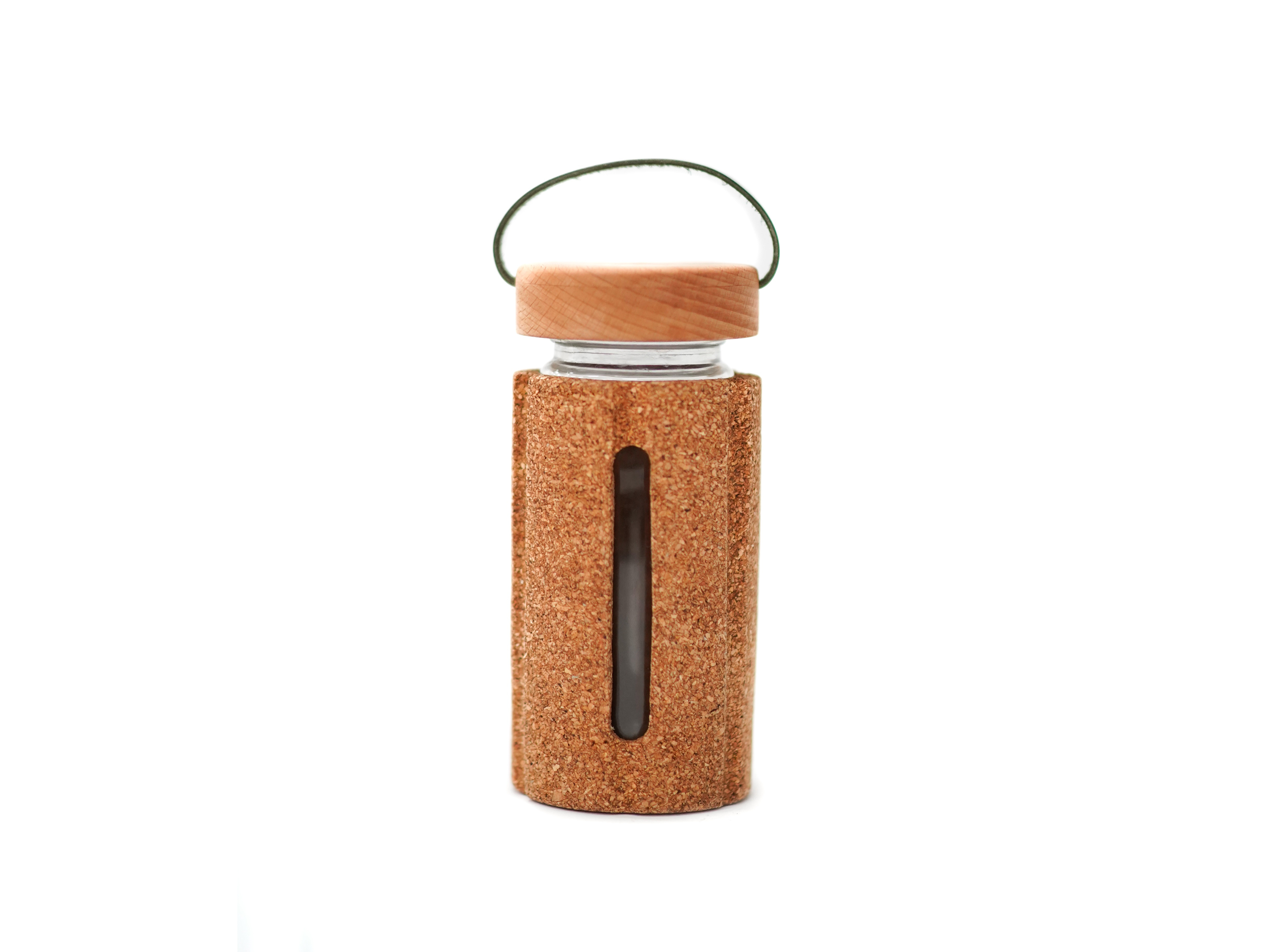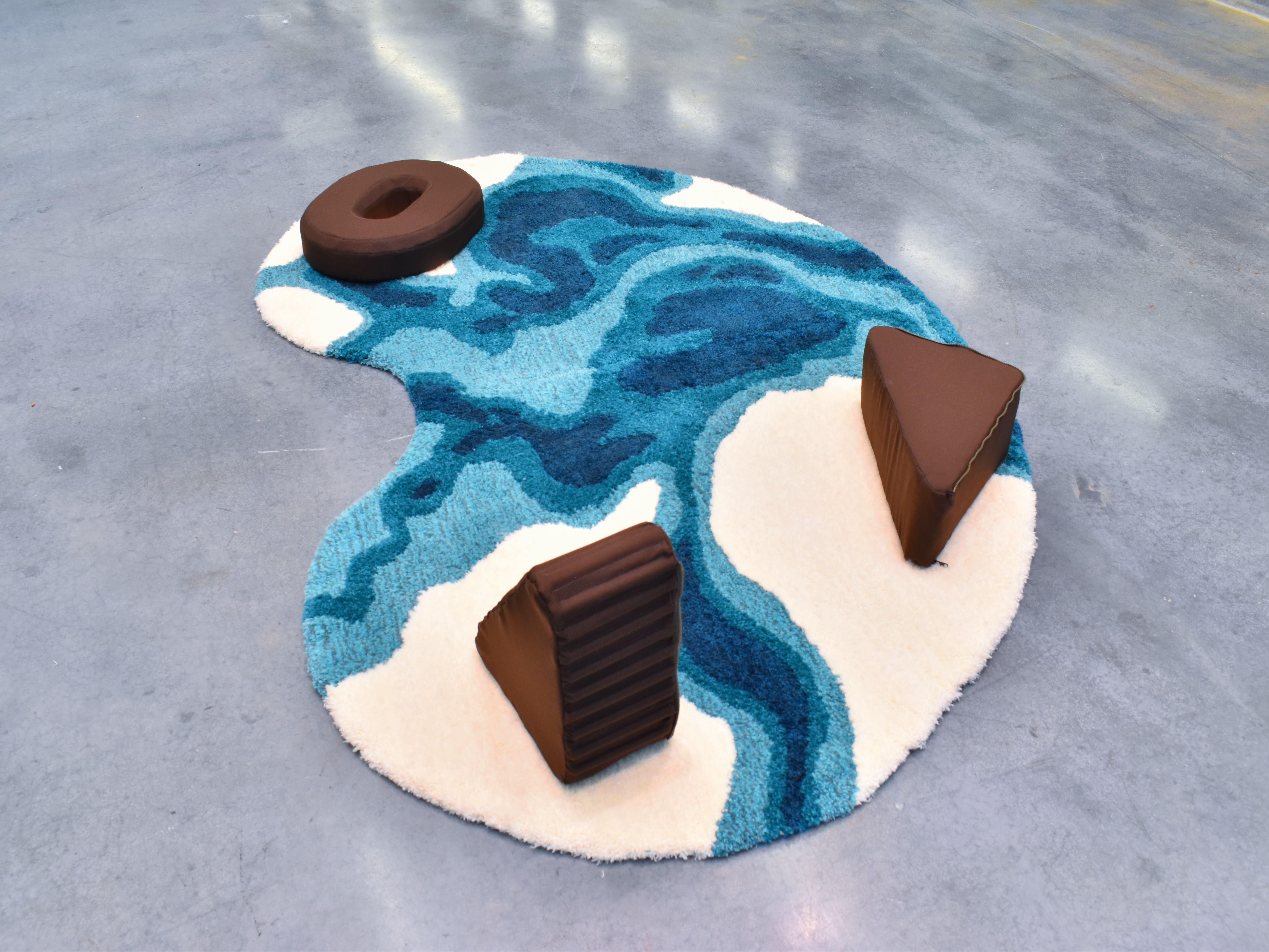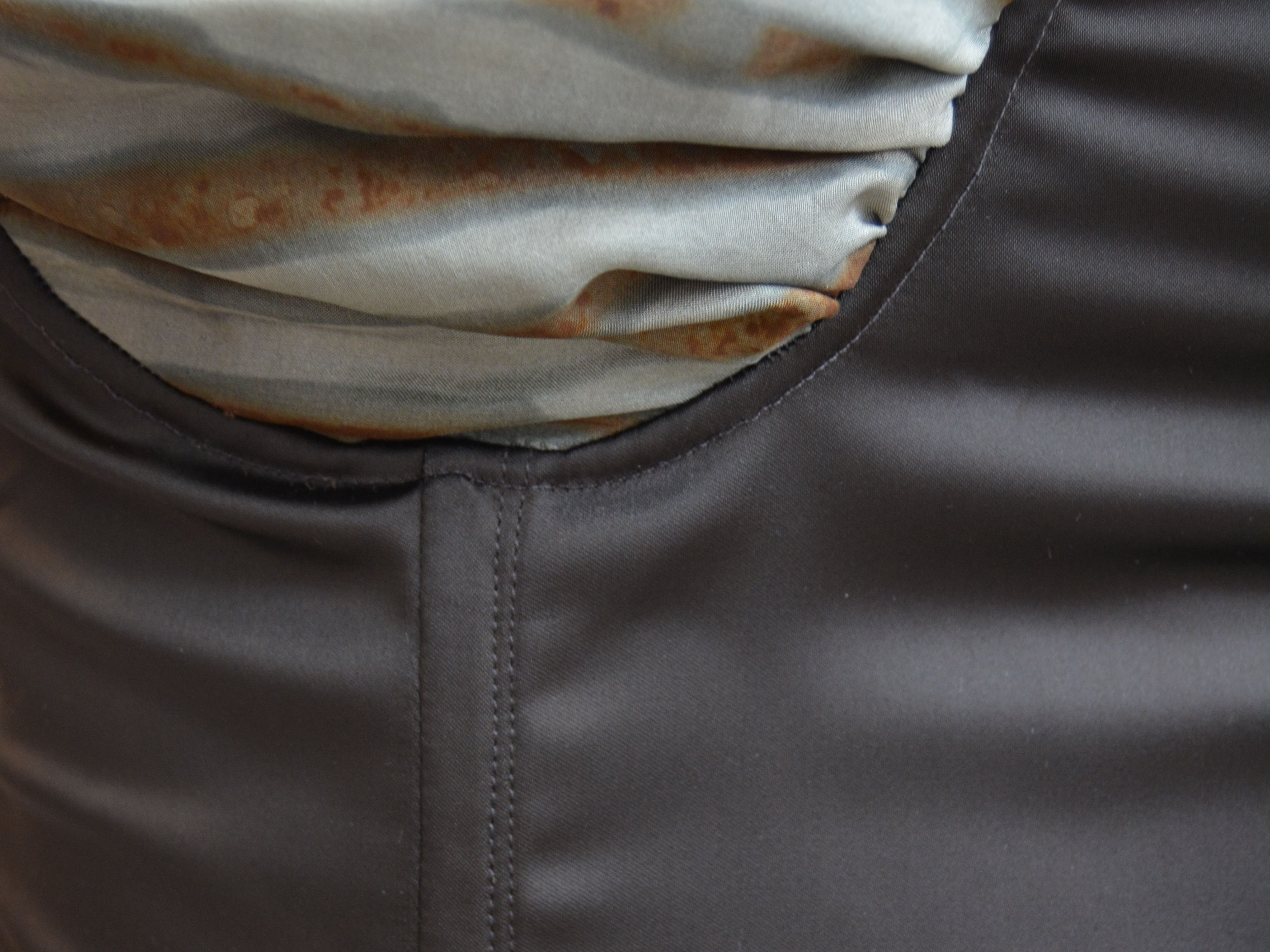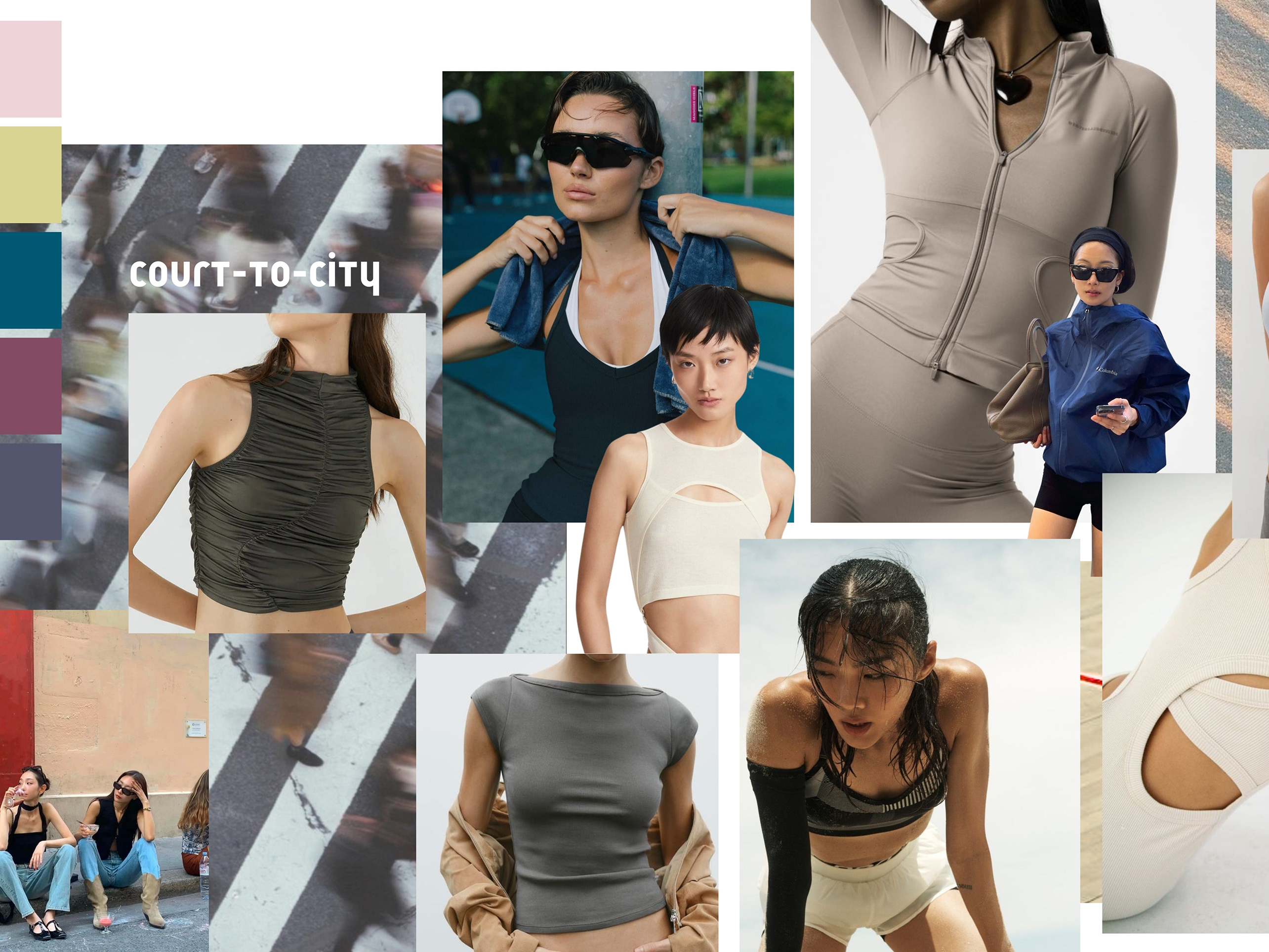Intent
Embracing the Discarded targets the disposal of textiles from Vancouver hotels. This was done by altering the materials to construct stronger fibers that would reconstruct the material for fabrication. Multiple techniques came together to produce feasible products to showcase this regenerative system.
In collabration with Sahali Tsang
Gigi Lui: Industrial Design, Critical Design, Pattern Making, Prototyping, Textiles waste, Industrial sewing, woodworking
Other gained experiences: Fabric dye, quilting, felting
Award
Ecological Design Graduation Award
Emily Carr University of Art + Design
Exhibition Details
Graduation Show 2022
Emily Carr University of Art + Design MOEC
May 10th - 24th, 2022
Vancouver Interior Design Show 2022
Prototype Participant
September 23-25th, 2022
The Material
The hotel industry is founded on the notion that guests must be provided with constantly new, pristine sheets, pillows, and towels. This leads to the creation of 10 million tonnes of hotel textile waste in the US alone each year, with 72% ending up in landfills. Embracing the Discarded seeks to break this cycle of waste by repurposing the no longer "pristine" hotel textiles into durable and versatile materials that can be used in a variety of ways.
Key Criteria
Restorative
Restorative
Through our project, we want to encompass a restorative and regenerative design through material and production methods.
Comfort
The outcome of the project is focused on home items and products that can create a sense of belonging and safety.
Value
Due to the source of the material the project aims to shift the perceived value of the material.
Pressing Questions
How do we change the direction of energy that we waste?
In what ways can we utilize our resources for a more circular/regenerative system?
Can we create a more societal/cultural shift in perception towards reused materials?
To further explore this question, we conducted a survey to gain a better perspective from people in our community.
We took inspiration from hella jongerius furniture
The collection
Our project features just six of these methods, using discarded hotel textiles donated from a Vancouver hotel. With only 15 sheets, 5 towels, and 7 pillows, we created a complete living room set, including a couch, stool, floor cushion, coaster, two pillows, and two carpets. Our emphasis was on creating items with a variety of uses, strong durability, and longevity, suitable for personal spaces, offices, businesses, and even the hospitality industry, thereby creating a more closed-loop system.
Pillows - Quilted
Couch - Quilted and Dyed
Stool - Felted and Dyed
Carpet - Locker Hooking method and Dyed
Not only does this project transform the physical materials used into new items, but it strongly challenges the culture of convenience, disposability, and infinite growth that the hotel industry exists within. By repurposing discarded hotel textiles that would otherwise be thrown out, we aim to intervene in a system that is greatly contributing to global pollution, climate change, and environmental degredation. We also hope that this project increases visibility and dialogue on the topic of textile waste in the service industry; in a conversation dominated by the perils of fast fashion, this is a topic that sorely needs to be added to the conversation, in order to facilitate change.
Process Tags
States the material sourcing, Material used, and operation process.
Our hope is for the repurposing of discarded textiles to become a widespread practice, resulting in a two-pronged effect of reducing waste and overconsumption in both the service industry and certain aspects of furniture manufacturing. This project impacts processes not only from an industry and production standpoint, where designers and manufacturers can work to reduce waste in their systems, but also from an end-user perspective. Users can learn about material sourcing and processes used through the "process" tags attached to our items. By demonstrating the tangible ways in which these materials can be transformed into durable, aesthetically pleasing, and comfortable products, we aim to spark a transformation in the systems of overconsumption and disposability that we are all too familiar with.
Graduation Show 2022
Emily Carr University of Art + Design MOEC
Material Exploration
___________________________________________________________________________________________________
We experimented with multiple ways to manipulate the fabric.
Through creating texture, and dyeing process.
Felting
Felting Exploration by layering different sheets, towels, and beddings to create a range of different textures and thicknesses.
With access to the TARP lab at Emily Carr University, we were able to use an industrial felting machine to process our fabric.
Quilting Test
Colour Dye Process
We also experimented with natural dyes early on in our process, however, realized that it was not ideal with the fiber we are working with since it contains polyesters.
Sketches
Early prototypes
Project Extension - Products (coming soon)
____________________________________________________________________________________________________
Sketch / Ideation
